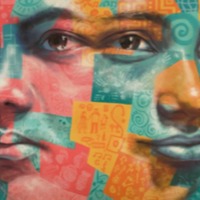
Ms Lee B
The Global Slavery Index 2018 estimates that on any given day in 2016 there were over 3.8 million people living in conditions of modern slavery in China. Women and girls from South Asia, Southeast Asia and Africa are trafficked in to forced marriage in the country for fees of up to £30,000. The gender imbalance caused by the One Child Policy and the cultural preference for male children, has caused a shortage of women which has led to the trafficking of women to be sold as brides. As a result, many women find themselves either deceived by promises of employment, sold or abducted and forced into marrying Chinese men who have paid for them North Korean women who cross the border into China fleeing hunger and repression in their homeland frequently fall victim to human traffickers who sell them to Chinese men searching for wives. These women describe being sold as “brides” to Chinese men, who often put them to backbreaking labour and subject them to constant fear, physical assault, and sexual abuse. After Ms Lee lost all of her family members, a North Korean couple trafficked her to China and sold her to a man who is now her husband.

Yeonmi Park (Narrative 2)
The Global Slavery Index 2018 estimates that there are 2,640,000 people living in conditions of modern slavery in The Democratic People’s Republic of Korea (North Korea). Men, women and children are subjected to forced labour and sex trafficking. Government oppression in the DPRK prompts many North Koreans to flee the country in ways that make them vulnerable to human trafficking in destination countries. Many of the estimated 10 000 North Korean women and girls who have migrated illegally to China to flee abuse and human rights violation are particularly vulnerable to trafficking. Some lure, drug, detain or kidnap North Korean women on their arrival, others offer jobs but subsequently force the women into prostitution, domestic service, or forced marriage. If found, Chinese authorities often repatriate victims back to the DPRK where they are subjected to harsh punishment including forced labour in labour camps or death. Yeonmi Park was 13 years old a broker offered her and her mother a chance to escape starvation in North Korea to China. However, when they arrived Park tells of how the first thing she saw was her mother raped. Both Park and her mother were sold to Chinese men as brides. Park was able to escape China to South Korea by crossing the Gobi desert. She is now studying at Columbia University in New York and runs a non-profit organisation to save other girls trafficked to China.
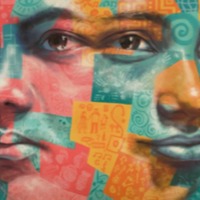
Valdete
Born in Albania, Valdete was trafficked into Greece, where Albanian victims are also trafficked in from Nigeria, and then into Italy. Many women are trafficked into richer Western European countries from the poorer Eastern countries, including Albania. The fall of communism in 1991 led to a rise in organized crime in Albania: in 2001 it was estimated 100,000 Albanian women and girls had been trafficked to Western European and other Balkan countries in the preceding ten years. More than 65 percent of Albanian sex-trafficking victims are minors at the time they are trafficked, and at least 50 percent of victims leave home under the false impression that they will be married or engaged to an Albanian or foreigner and live abroad. Another ten percent are kidnapped or forced into prostitution. The women and girls receive little or no pay for their work, and are commonly tortured if they do not comply.
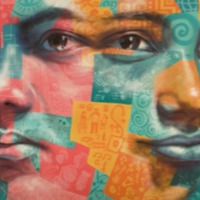
Sopheap
Sopheap was born in Cambodia and enslaved into forced begging in Vietnam, then suffered physical abuse at the hands of minders. Children from impoverished families in Cambodia are vulnerable to forced labor, often with the complicity of their families, including in domestic servitude and forced begging or street vending in Thailand and Vietnam.
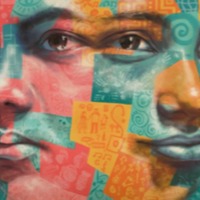
Rini
Rini is an Indonesian woman who was a domestic slave in Indonesia, where she was confined to the house, verbally and physically abused, and her salary withheld. She was only able to escape from the situation when one of the other workers in the house died of injuries from the abuse. The government has taken some positive steps towards protecting domestic workers. Following pressure from local and international organisations, including Walk Free, the Indonesian House of Representatives recommended the Domestic Workers Protection Bill for its list of priority legislation in 2016. Rini was enslaved without leaving Indonesia, but significant numbers of Indonesians are exploited in forced labor and debt bondage abroad in Asia and the Middle East, primarily in domestic service, factories, construction, and manufacturing, on Malaysian palm oil plantations, and on fishing vessels throughout the Indian and Pacific Oceans.
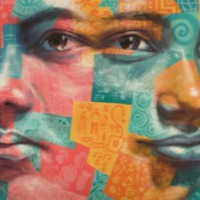
Putri
Putri is an Indonesian woman who was enslaved in Malaysia as a domestic servant for multiple employers. Foreign workers constitute more than 20 percent of the Malaysian workforce and typically migrate voluntarily—often illegally—to Malaysia from Bangladesh, India, Nepal, Burma, Indonesia, the Philippines, and other Southeast Asian countries, often in pursuit of better economic opportunities. However, workers can find themselves imprisoned, exploited, and in debt bondage. The law allows many of the fees of migration, which are first paid by employers, to be deducted from workers’ wages, incentivising employers to prevent workers from ending their employment before fees are recovered.
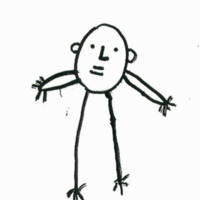
Seba
The vast majority of domestic slaves are girls aged between 12 and 17. Globally, domestic work is rarely scrutinized or legislated, and statistics are hard to obtain. But the International Labor Organization (ILO) estimates that at least ten million children, some as young as eight, are trapped in domestic labor around the world. There are two million child domestics in South Africa, 700,000 in Indonesia, 559,000 in Brazil, 200,000 in Kenya, millions more in India and Pakistan. The trafficking into domestic labor of children—mainly girls—is estimated to be worth $7 billion per year. Seba was one of these domestic slaves. She left her home country of Mali for France at the age of eight: a couple took her to Paris, promising her parents that they would educate and care for her, in return for work as a nanny. But Seba was enslaved as a household servant, beaten, tortured, and forced to do domestic chores. She was freed when a neighbor heard the sounds of abuse and beating, and managed to talk to her. Seeing her scars, the neighbor called the police and the French Committee against Modern Slavery (CCEM). Medical examinations confirmed that Seba had been tortured. In her narrative, which she told at the age of 22, Seba focuses on her mistreatment at the hands of a “mistress.” Though she does describe an occasion when the husband joined in a beating, most of the narrative is devoted to the starvation, beatings and torture by the wife. As well, while Seba terms the woman “mistress,” she never refers to the man as “master,” only as “[the mistress’] husband.” Showing a woman wholly invested in the institution of slavery, this narrative challenges the equation of mastery and manhood. The image is a drawing by Seba, which she completed while telling her narrative. It was the first time she had ever tried to draw a person.